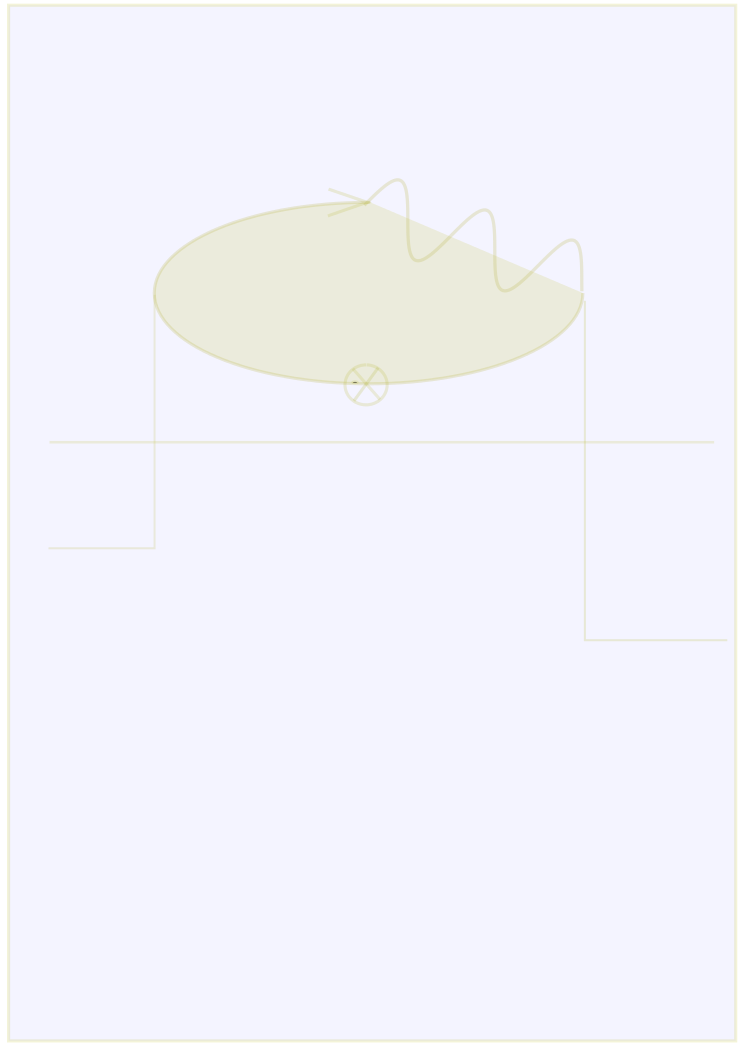
Random matrices, log-gas dynamics &
quantum 1D systems
Due to connection to virtually infinitely many physical and engineering models (free fermions and quantum N-body problems, superconductivity, ultra-cold gases, Anderson localization/delocalization transition, KPZ equation, wave transmission through antenna arrays...) and mathematical theories (determinantal processes, orthogonal polynomials, Riemann-Hilbert problems...), and abundance of striking exact formulas, random matrices -- originally introduced to modelize large nuclei in nuclear physics -- have witnessed widespread interest from a large scientific audience.
Our interest in this fast developing theory lies at the crossroads between hydrodynamic limits in statistical physics, quantum 1d systems and stochastic calculus.
○ Large-scale fluctuations for 1d log-gas dynamics.
Dyson's generalized Brownian motion is a model of coupled stochastic differential (Langevin) equations describing the dissipative evolution of a 1d gas of N particles with charge -1 under the influence of a 1-body confining potential and a 2-body repulsive logarithmic interaction, whose equilibrium measure is that of a β-log gas. When β=2 the model may be alternatively seen as describing the time evolution of the eigenvalues of a random N×N Hermitian matrix.
The hydrodynamic large-scale (macroscopic) limit of the above system is known to be a Mc-Kean Vlasov equation, featuring a non-local, quadratic term describing the mean-field effect of the force on a particle located at x due to the other particles. Using Itô's formula, fluctuations around this deterministic limit are predicted to be Gaussian, following linearized hydrodynamic theory. Extending results known in the case of a harmonic confining potential, we showed Gaussianity of the large-scale fluctuation process and computed explicitly the covariance kernel in the stationary case,
as well as the time-evolution of the support, showing in particular striking connection to formulas for large-scale covariance of 1d Fermi gases in a confining potential.
○ Schrödinger-Virasoro dynamical invariance (loop equations).
General covariance for the system of stochastic differential equations implies existence of Virasoro-type constraints for a functional on the space of trajectories. The associated space-time reparametrization group, called Schrödinger-Virasoro group, has been studied in a book by C. Roger and myself. The above constraints may be realized in terms of time-dependent bosonic operators in a conformal field theoretic language.
Currently under investigation is the extension to more general constraints involving particle-dependent time-reparametrizations.